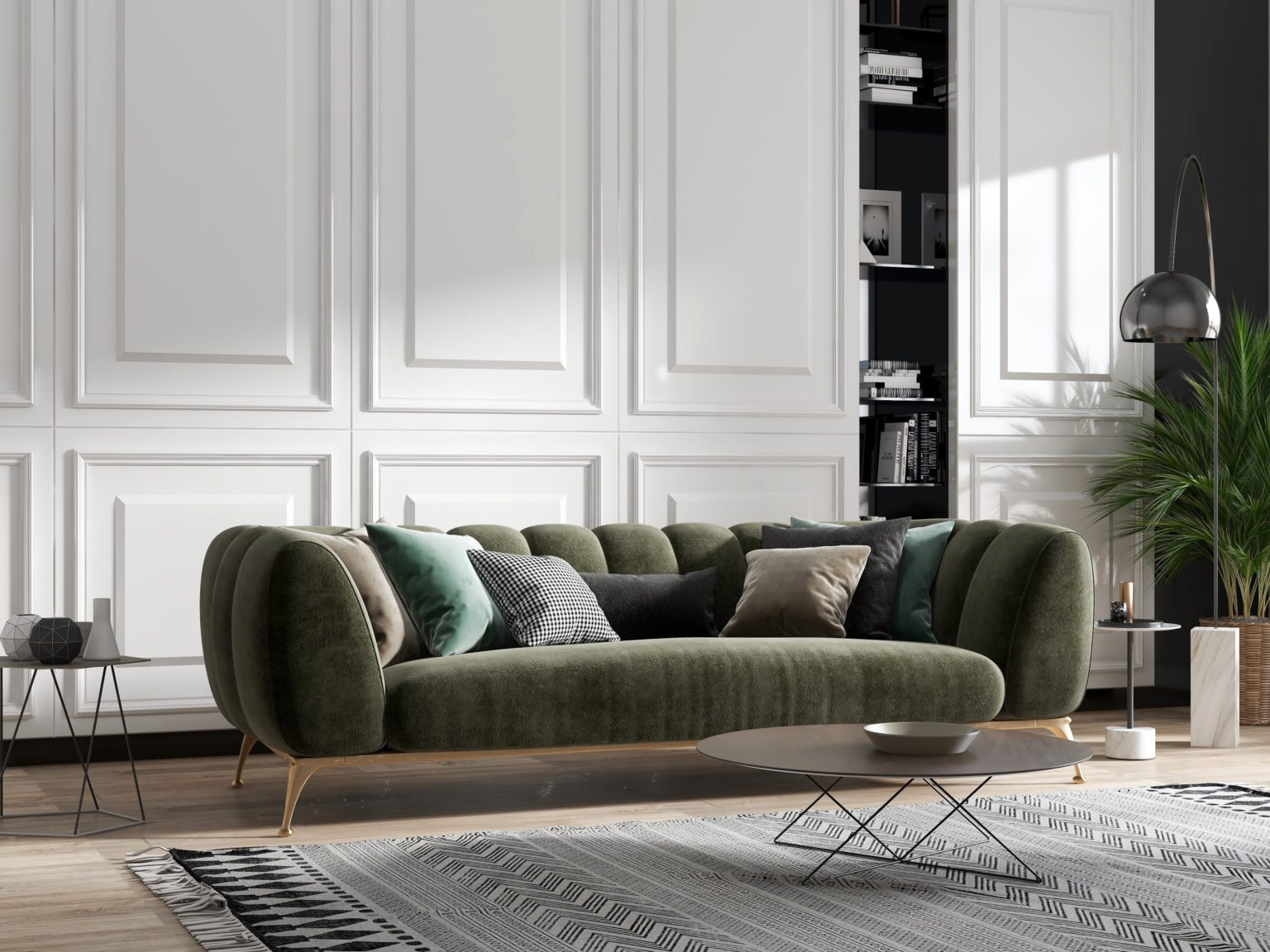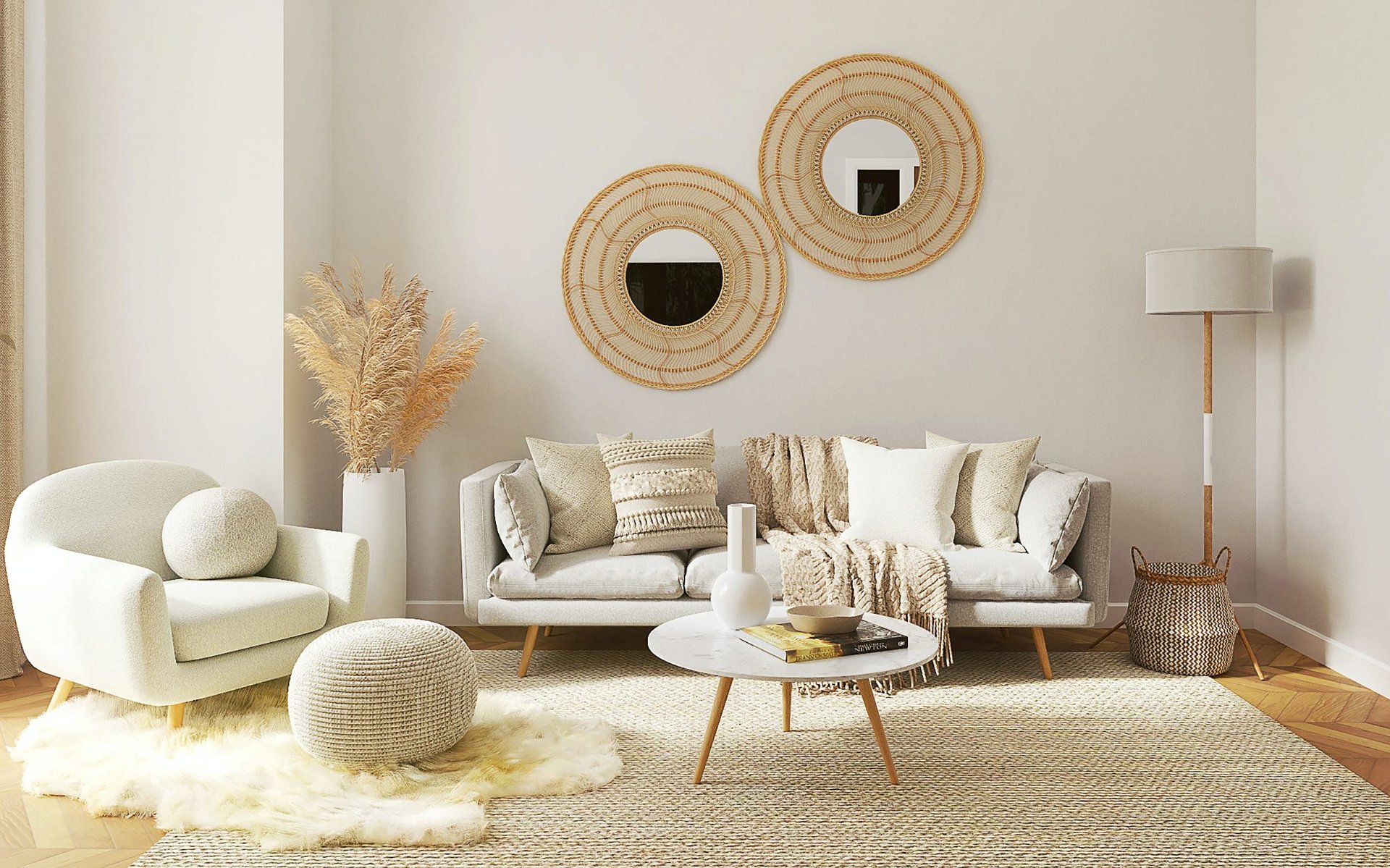Contrary to popular belief, modern and contemporary design are not one and the same. While the terms are used interchangeably, they refer to two separate and distinct design styles. It’s important to understand the differences, not just as an interior designer, but for anyone involved in the design process. It’s not just about terminology, it’s about understanding the vibe you’re going for.
If you look up the word contemporary in a thesaurus, the word modern is listed as a synonym. In the context of design, this is inaccurate. Designers from any field will argue there are clear nuances between the two design styles that set them apart. Fortunately, we’re here to explain them.
Time Period
Modern design refers to the time period between the early to mid-twentieth century. Popular designs from this era came from icons such as George Nelson, Edward Wormley, Eero Saarinen, Harry Bertoia, Le Corbusier, Charles and Ray Eames, and Florence Knoll. Heavily influenced by Scandinavian and German Bauhaus design, the distinctly modern style focused on simplicity by way of form and function.
The dictionary definition of contemporary is living or occurring at the same time. Simply put, contemporary design doesn’t refer to a specific period of time—it’s constantly evolving to reflect what’s trending and popular in today’s culture. What’s considered contemporary at the time of writing this, might be different years from now when you’re reading this article.
Materials & Shapes
Modern designs involved earthy palettes, natural materials and streamlined shapes. It preferred a warmer and subdued colour palette. Shapes were more linear with a distinguishable aesthetic that emphasizes crisp lines and balanced silhouettes.
Contemporary designs seem to have neutral palettes, stark minimalism, clean lines, organic silhouettes, and curvier furnishings which are some of the more explicit characteristics. These designs feature alloys such as steel and chrome combined with natural textures like hemp or jute.
Layout and Form
One definitely way to spot modern design is that it’s much more structured and formal than contemporary design. This style is defimed by strong and clean lines. This was most likely a pushback to the opulence and abundance of previous time periods. Modernisn certainly prioritized function over aesthetics, so there is minimal and brandishing.
On the other hand, contemporary design lets loose and embraces irregular shapes, asymmetrical façades, and curves. You’ll find mixed materials like stone and wood, or exposed materials such as brick and concrete in the interior spaces.








